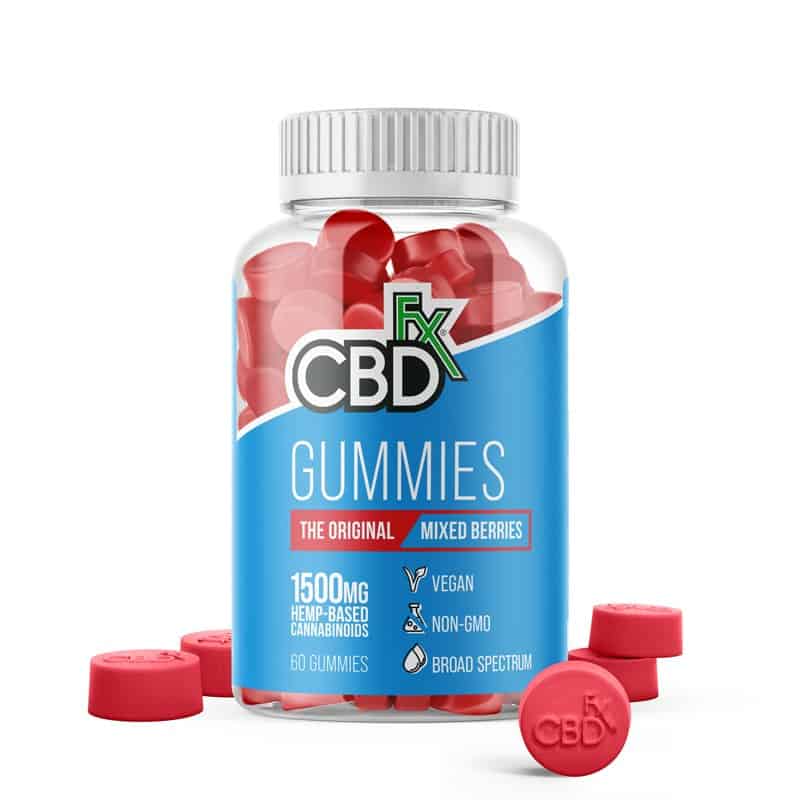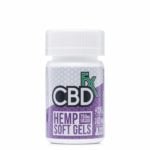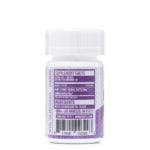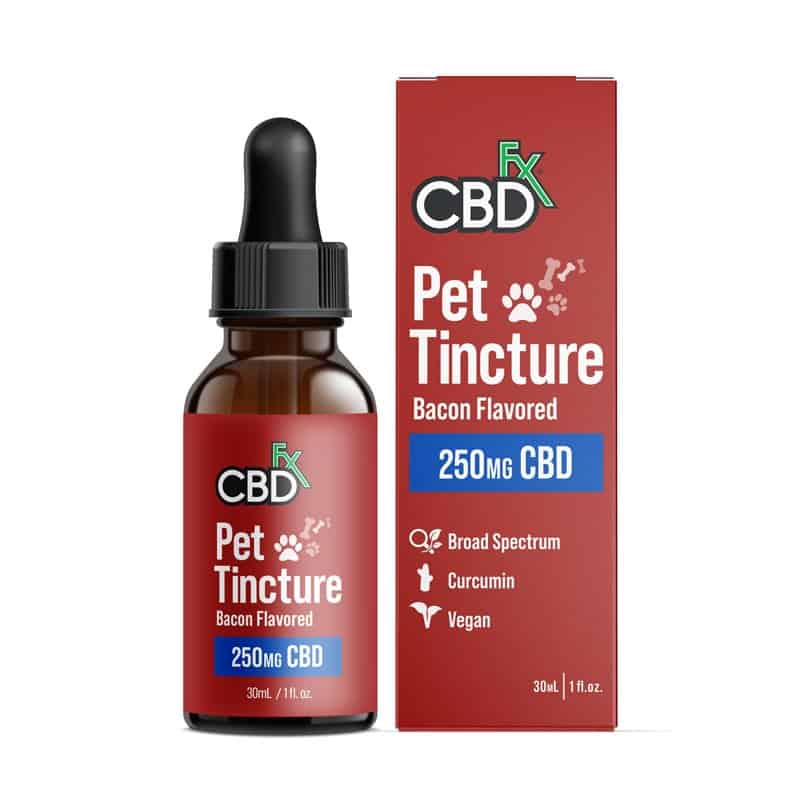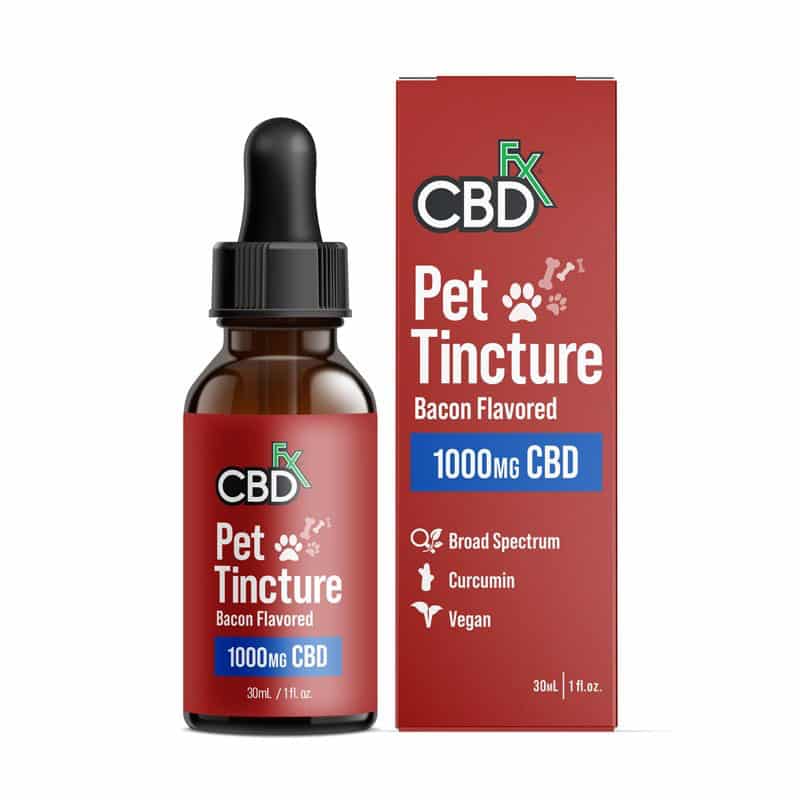
Can Weed Go Bad
Can weed go bad? This is a question that both recreational and medical users of cannabis often ask. Whether you enjoy the occasional puff or rely on marijuana for its therapeutic properties, understanding the shelf life of weed is essential. In this article, we will explore the factors that can impact the freshness of weed, signs of spoiled cannabis, health and safety concerns, the difference between expiration and degradation, and tips to extend the shelf life of weed.
This post is intended as information and for general knowledge only. It is not a substitute for medical advice, diagnosis, or treatment. It is recommended that you talk to a healthcare professional about this before introducing cannabinoids into your daily routine (especially if you have been diagnosed with any medical conditions or are under any medication). It is not recommended to drive or operate any machinery when using cannabis- or hemp-derived products. Use responsibly!
Factors Affecting Cannabis Shelf Life
Proper Storage Conditions
The longevity of weed largely depends on how it’s stored. Ideally, cannabis should be kept in a cool and dark place, with temperatures ranging from 60 to 70°F (15 to 21°C). Extreme heat or cold can negatively affect the weed’s potency and overall quality.
Moreover, maintaining the right humidity level is crucial. Relative humidity around 55-62% helps prevent mold growth while preserving the moisture content of the cannabis buds. Too much humidity can lead to moldy weed, while too little can cause the weed to dry out and become stale.
Avoidance of direct sunlight and exposure to UV rays is vital as well. UV light can break down cannabinoids and other compounds, reducing the potency of the weed over time.
Packaging Materials and Their Impact
The choice of packaging materials plays a significant role in the freshness of weed. Different containers have their pros and cons. For instance, glass jars are popular because they are airtight and do not interact with the cannabis product, ensuring its freshness. On the other hand, plastic bags are not ideal for long-term storage as they allow air and moisture to seep through, degrading the weed faster.
The Role of Air Exposure
Air exposure is one of the primary culprits behind weed degradation. Oxygen can lead to the breakdown of cannabinoids, including THC and CBD, causing the weed to lose its potency. Vacuum-sealing or using airtight containers can minimize air exposure, thus extending the shelf life of cannabis.
Signs of Spoiled Weed
Changes in Appearance Color and Texture
Visual cues can indicate whether weed has gone bad. Look out for discoloration, browning, and the presence of dark spots on the cannabis buds. Additionally, degraded weed may exhibit changes in texture, becoming overly dry, brittle, or excessively sticky.
Foul or Unusual Odor
Fresh weed typically emits a pleasant and recognizable aroma due to its terpenes. However, bad weed might have a moldy or musty smell, indicating that it is no longer suitable for consumption.
Presence of Mold Mildew or Pests
One of the most concerning signs of spoiled weed is the presence of mold spores, mildew, mites, or other pests. Consuming moldy cannabis can lead to severe health issues, so it’s crucial to avoid such products.
Health and Safety Concerns
Adverse Effects on Physical Health
Consuming spoiled weed can have adverse effects on your physical health. The combustion of moldy cannabis, for instance, can irritate the respiratory system and cause lung infections. Using only fresh and uncontaminated cannabis products is vital to avoid such risks.
Risks of Microbial Contamination and Toxicity
Improperly stored weed can become a breeding ground for bacteria and fungi, posing potential health risks to consumers. Additionally, some contaminants might produce toxic compounds that can be harmful when ingested.
Possible Allergic Reactions and Respiratory Issues
Contaminated or low-quality cannabis can trigger allergic reactions in some individuals. Furthermore, moldy or heavily degraded weed can lead to respiratory problems, particularly for those with pre-existing respiratory conditions.
Difference Between Expiration and Degradation
Understanding the Meaning of Expiration Date
Manufacturers determine the expiration date for cannabis products based on their expected shelf life. However, the expiration date might not be a reliable indicator of weed freshness as it doesn’t consider storage conditions or the product’s exposure to air, light, and moisture.
How Degradation Affects Potency and Quality
Over time, cannabinoids like THC and CBD can degrade, leading to reduced potency and effectiveness. However, degraded weed may not necessarily be unsafe to consume; it might just be less potent than when it was fresh.
Extending the Shelf Life of Weed
Proper Storage Techniques and Containers
To extend the shelf life of weed, store it in a cool, dark, and dry place. Airtight containers, such as mason jars, are ideal for preserving the freshness and potency of cannabis. These containers prevent air and moisture from seeping in, slowing down the degradation process.
Avoiding Common Mistakes
Several common mistakes can lead to the spoilage of weed. For example, exposing cannabis to fluctuating temperatures, excessive handling, or improper packaging can accelerate degradation. Avoiding these errors is essential for maintaining the quality of weed.
Role of Curing and Drying
The curing and drying process plays a crucial role in preserving the quality of cannabis buds. Properly cured and dried weed retains its potency and flavor for an extended period. Following the correct curing and drying techniques can significantly impact the shelf life of cannabis.
When to Discard Weed
Understanding Irreversible Degradation
There comes a point when weed degradation becomes irreversible, and the cannabis is no longer suitable for consumption. When the degradation reaches this stage, it’s best to discard the weed to avoid potential health risks.
Safe Disposal of Spoiled Cannabis Products
Disposing of spoiled cannabis responsibly is crucial to prevent environmental harm. Eco-friendly methods of disposal, such as composting, can be used for spoiled weed.
Frequently Asked Questions (FAQs)
Can You Revive Spoiled Weed
Unfortunately, it’s generally not possible to revive spoiled weed. Once cannabis has degraded significantly, its original quality and potency cannot be restored. It’s best to avoid consuming compromised weed for health and safety reasons.
Can Consuming Bad Weed Lead to Illness
Yes, consuming spoiled cannabis products can lead to illness, especially if they are contaminated with mold, mildew, or harmful microorganisms. It’s essential to be cautious and only use fresh and uncontaminated weed.
How Does Degradation Affect THC and CBD Content
Degradation over time can lead to a reduction in THC potency and CBD content in cannabis. However, the weed might still be safe to consume, although it may be less potent and less effective.
Conclusion
In conclusion, the freshness of weed is influenced by several factors, including storage conditions, packaging materials, air exposure, and the presence of mold or pests. To enjoy the full benefits of cannabis, it’s essential to store it properly and be mindful of the signs of spoilage. Understanding the difference between expiration and degradation can also help users make informed decisions about their cannabis products. By following proper storage techniques and being aware of when to discard weed, consumers can extend the shelf life of their cannabis and enjoy its benefits responsibly.
Also Interesting:
THC Effects: Understanding the Impact of Tetrahydrocannabinol








